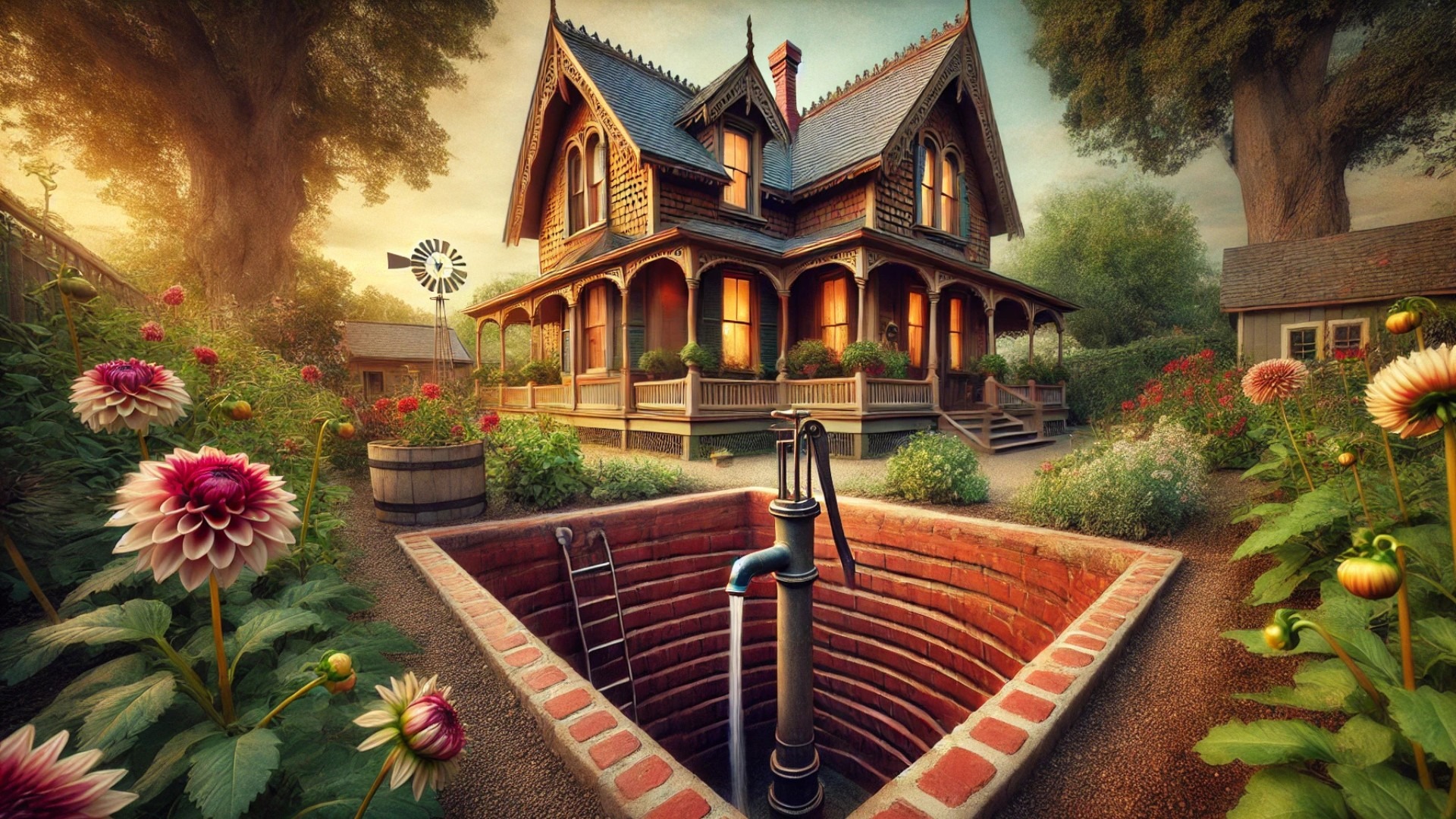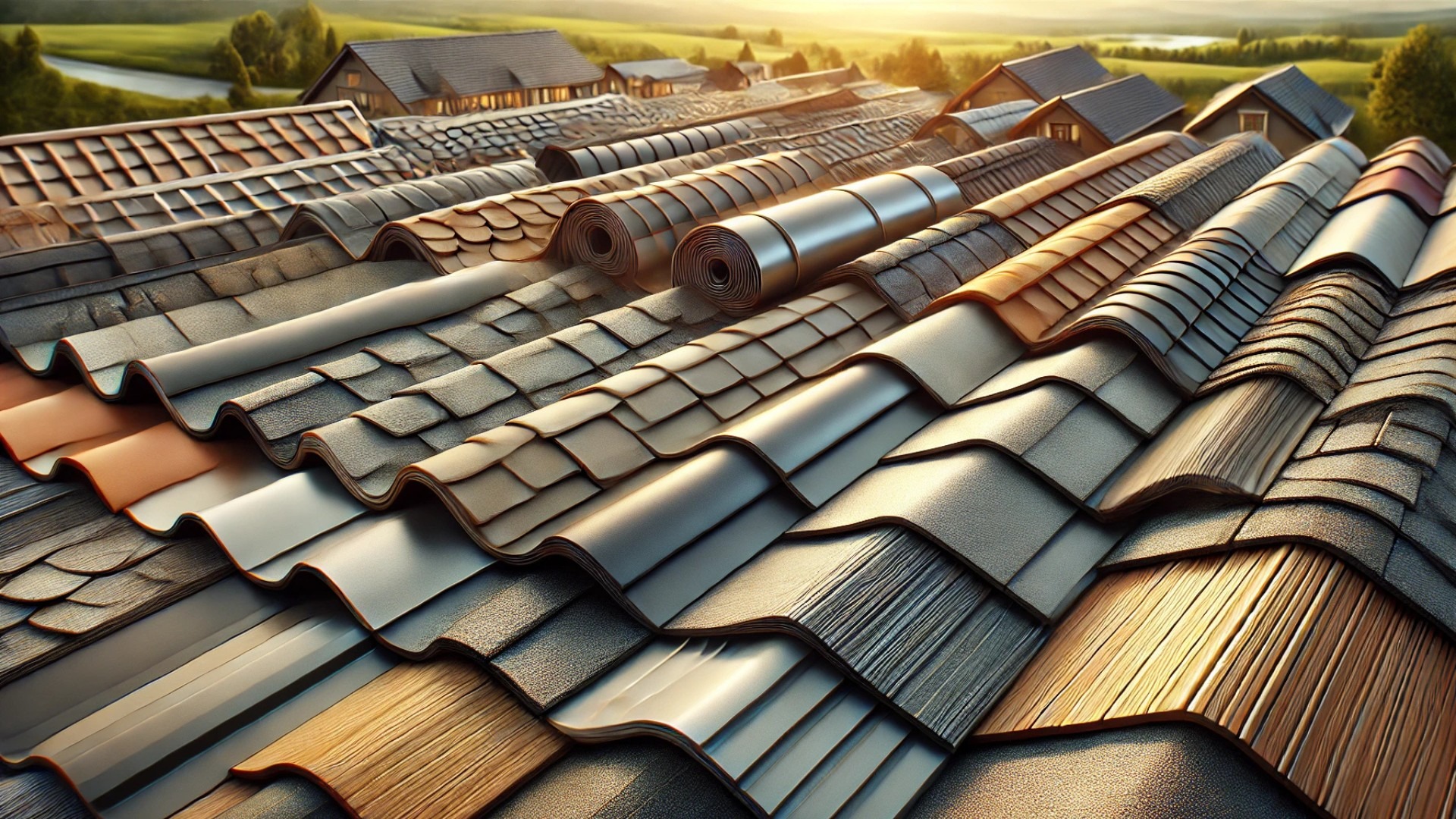
The Revival of 19th Century Water Systems: Hidden Treasures of Sustainability
It’s not every day that a homeowner unwittingly stumbles upon a piece of history while planting tomatoes. Matt Keddie’s shock at discovering a rusted steel lid in his yard turned into excitement as he unveiled an 1,800-gallon cistern, hidden for decades. His anecdote mirrors a growing trend across the United States—homeowners uncovering forgotten water management systems that reflect a bygone era's ingenuity and sustainable practices.
Between saved outcomes and enhanced property aesthetics, the relevance of these historic water systems serves as a pivotal reminder of sustainable living. The 19th century wasn’t just an age of industrial revolution but also one of self-reliance in home water management. Properties engineered for efficiency had everything from intricate cisterns to gravity-fed systems that utilized every drop of rainwater, promoting an eco-friendly lifestyle long before it was trendy.
Discovering Hidden Historic Water Infrastructure
As reported alongside the National Mall in Washington, D.C., workers uncovered a 19th-century drainage cistern while performing renovations—just one of many such discoveries that have surfaced in the past few years. The Smithsonian Institution’s recent find emphasizes the ingenuity behind these original infrastructures, sometimes likened to the “Tesla Powerwall” of their time. Mysterious structures, rusting metal covers, and circular brick formations are all clues indicating that these relics might be lurking beneath our feet, waiting to be rediscovered.
The Mechanics of 19th Century Water Systems
A typical 19th-century home in America leveraged innovative designs to manage water efficiently. Roofs were engineered not just for aesthetics but for functionality. With steep slopes, a Victorian roof could capture gallons of rainwater effectively, fed through copper-lined gutters into cisterns lined with bricks and hydraulic cement. This ingenuity didn't just contribute to home beauty; it also cultivated self-sufficiency, enabling homeowners to harvest enough water for personal use during droughts.
During that era, areas near kitchens commonly featured underground cisterns—the modern equivalent of advanced plumbing systems—detailing a working design where hand pumps delivered convenient, gravity-fed access to water. Imagine yourself sipping tea from a bygone century, comfortably surrounded by the thriving dahlias nurtured by these systems.
The Economic Value of Reviving Water Systems
In our current climate of ecological urgency, the reintegration of these historic water systems presents not just aesthetic but also economic benefits. According to the EPA, modern restoration of cisterns can curtail water bills by up to 50%. Furthermore, homes boasting functional historical water systems frequently find an increase in market value by 15-20%. Insurance companies also recognize their worth, offering reductions for properties equipped with these backup systems, thus weaving a fabric of fiscal responsibility and ecological sustainability.
Taking Action: How to Unearth Your Own Water System
For those intrigued by the prospect of becoming modern-day preservers of history, begin your quest by inspecting your property. Look for signs: flat areas in your yard, circular brick structures, or even random pumps in kitchens or exteriors. Should you find clues indicating an old water system, consider reaching out to local preservation societies or even having a professional assessment conducted to reveal and restore your hidden water treasure.
Conclusion: A Nod to Sustainability
The rediscovery and rejuvenation of 19th-century water systems remind us of the profound connection between architecture, sustainability, and community. As climate change challenges us to rethink our water management, perhaps the past offers solutions. So as you cultivate your garden, consider what possibilities lie beneath your soil, awaiting rediscovery. Dive into the novel era of sustainable luxury that honors craftsmanship while enhancing your property’s value.
 Add Row
Add Row  Add
Add 

 Add Row
Add Row  Add Element
Add Element 




Write A Comment